Sponsored By:
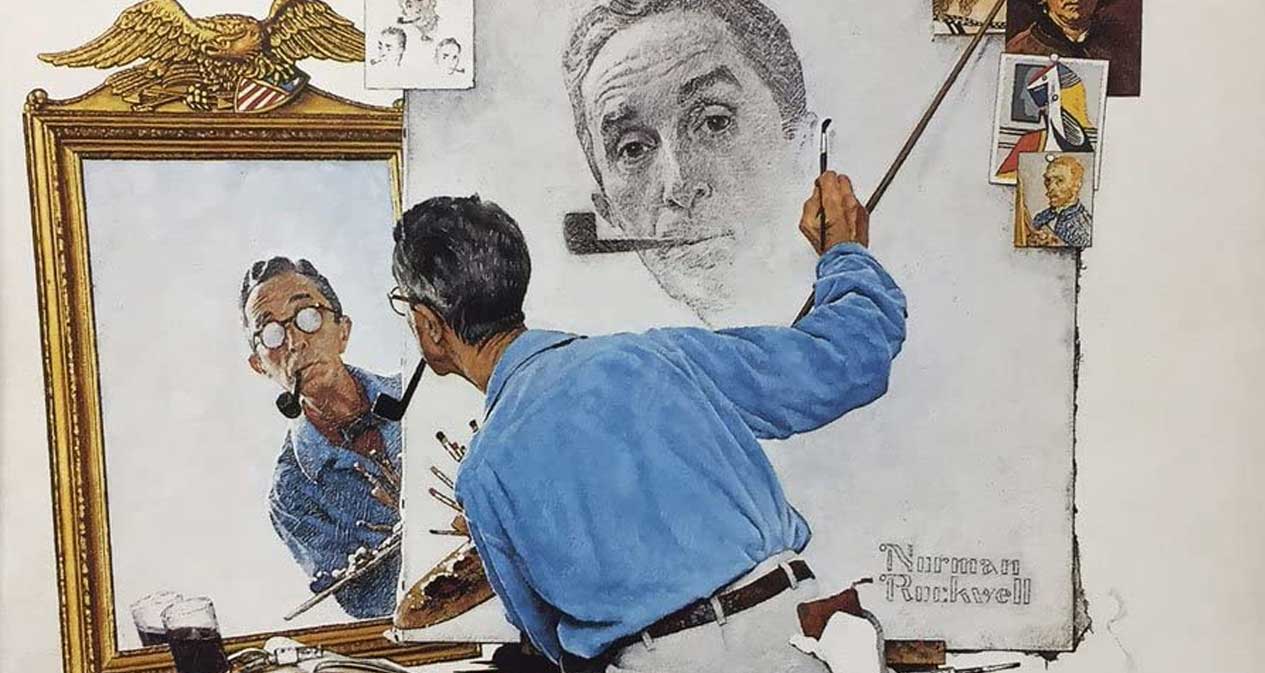
Curriculum Lab
The lessons and ideas for learning in the Norman Rockwell Museum’s Four Freedoms Curriculum are adaptable for elementary and secondary grade levels, and educators are encouraged to choose those best suited to individual class needs and educational goals. LEARN MORE

About the Exhibition
The power of images to shape cultural narratives is revealed in this dynamic and evolving exhibition, which invites viewers to trace the origins and legacy of the Four Freedoms from the trials of the Great Depression and World War II to the Civil Rights movement of the 1960s. The Exhibition runs through May 31, 2021. LEARN MORE
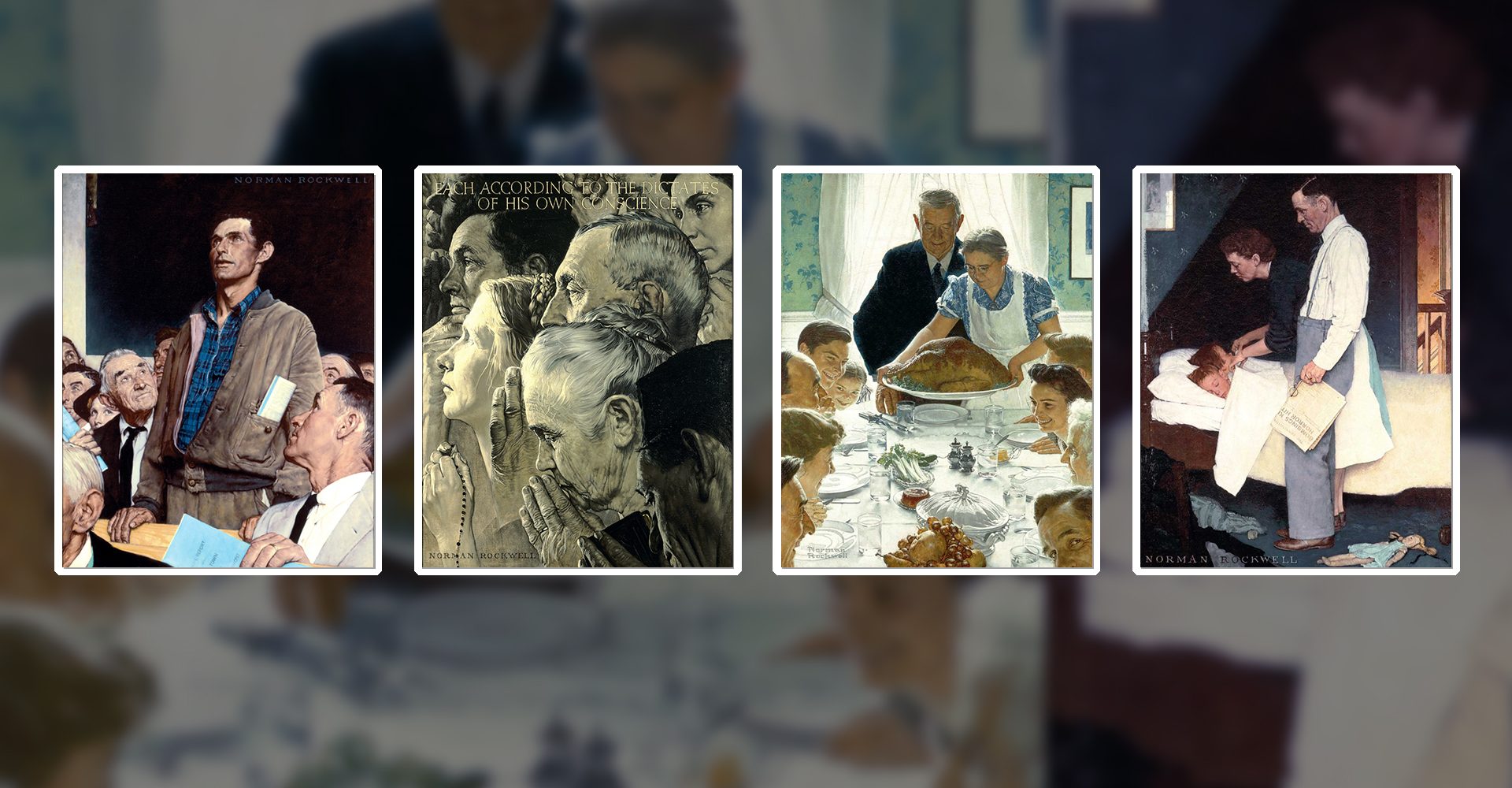
Rockwell’s Four Freedoms
Norman Rockwell popularized the Franklin D. Roosevelt's Four Freedoms when the paintings appeared in consecutive The Saturday Evening Posts. The Four Freedoms toured the nation and raised over $3 million war bonds for the war effort. LEARN MORE
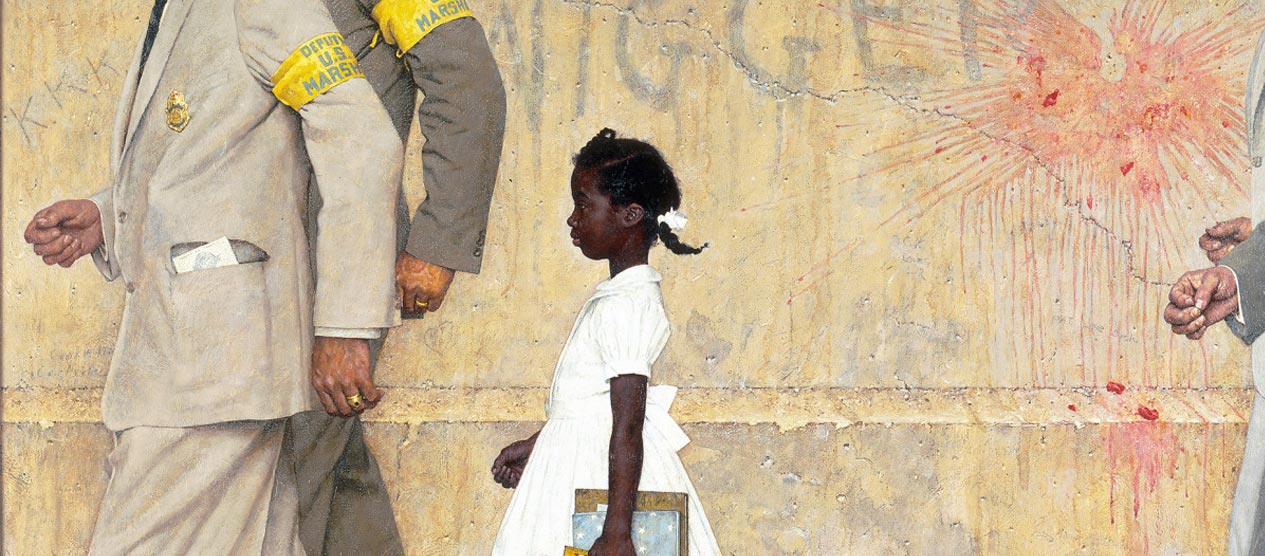
Freedom’s Legacy
In the 1960’s, leaving behind his beloved storytelling scenes, Norman Rockwell threw himself into a new genre—the documentation of social issues. As evidenced in his Freedoms paintings, he wanted to make a difference with his art, and as a trusted and highly marketable illustrator, he had the opportunity to do so. Humor and pathos—traits that made his Saturday Evening Post covers successful—were replaced by the direct, reportorial style of magazine editorials. LEARN MORE

Curriculum Lab
The lessons and ideas for learning in the Norman Rockwell Museum’s Four Freedoms Curriculum are adaptable for elementary and secondary grade levels, and educators are encouraged to choose those best suited to individual class needs and educational goals. LEARN MORE

About the Exhibition
The power of images to shape cultural narratives is revealed in this dynamic and evolving exhibition, which invites viewers to trace the origins and legacy of the Four Freedoms from the trials of the Great Depression and World War II to the Civil Rights movement of the 1960s. The Exhibition runs through May 31, 2021. LEARN MORE

Rockwell’s Four Freedoms
Norman Rockwell popularized the Franklin D. Roosevelt's Four Freedoms when the paintings appeared in consecutive The Saturday Evening Posts. The Four Freedoms toured the nation and raised over $3 million war bonds for the war effort. LEARN MORE

Freedom’s Legacy
In the 1960’s, leaving behind his beloved storytelling scenes, Norman Rockwell threw himself into a new genre—the documentation of social issues. As evidenced in his Freedoms paintings, he wanted to make a difference with his art, and as a trusted and highly marketable illustrator, he had the opportunity to do so. Humor and pathos—traits that made his Saturday Evening Post covers successful—were replaced by the direct, reportorial style of magazine editorials. LEARN MORE

Curriculum Lab
The lessons and ideas for learning in the Norman Rockwell Museum’s Four Freedoms Curriculum are adaptable for elementary and secondary grade levels, and educators are encouraged to choose those best suited to individual class needs and educational goals. LEARN MORE
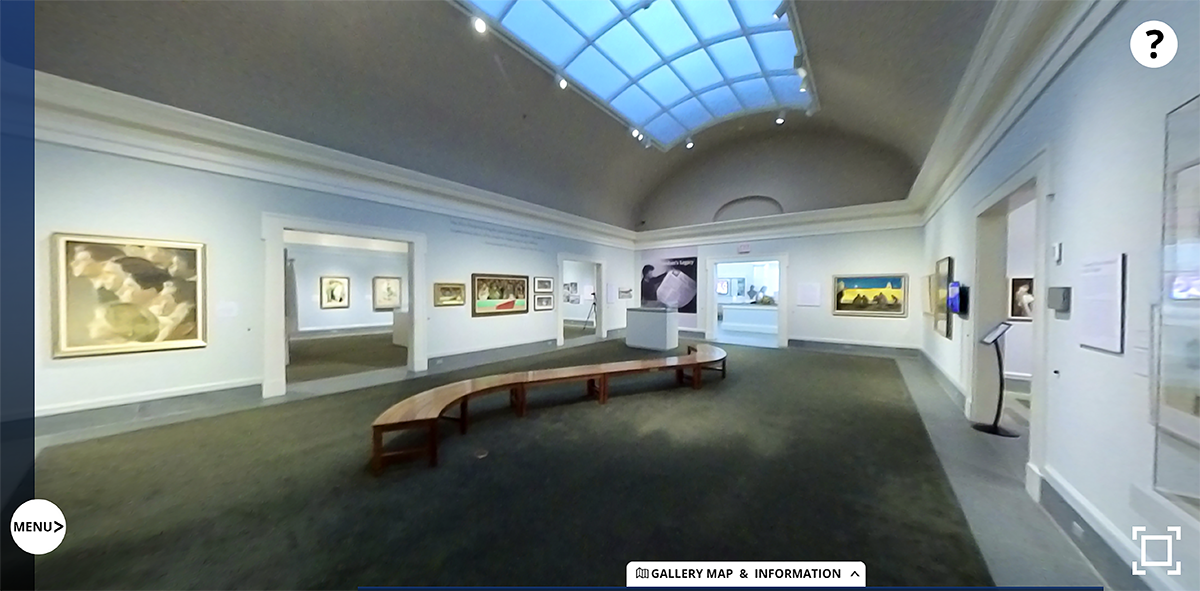
Now available as a virtual exhibition and virtual field trip!
Norman Rockwell: Imagining Freedom Goes Virtual
Organized by the Norman Rockwell Museum, Imagining Freedom is a virtual exhibition that explores the history and enduring legacy of President Franklin D. Roosevelt’s concept of the Four Freedoms. The exhibition also highlights the important role played by Norman Rockwell and other American artists in communicating and advancing these universal values.
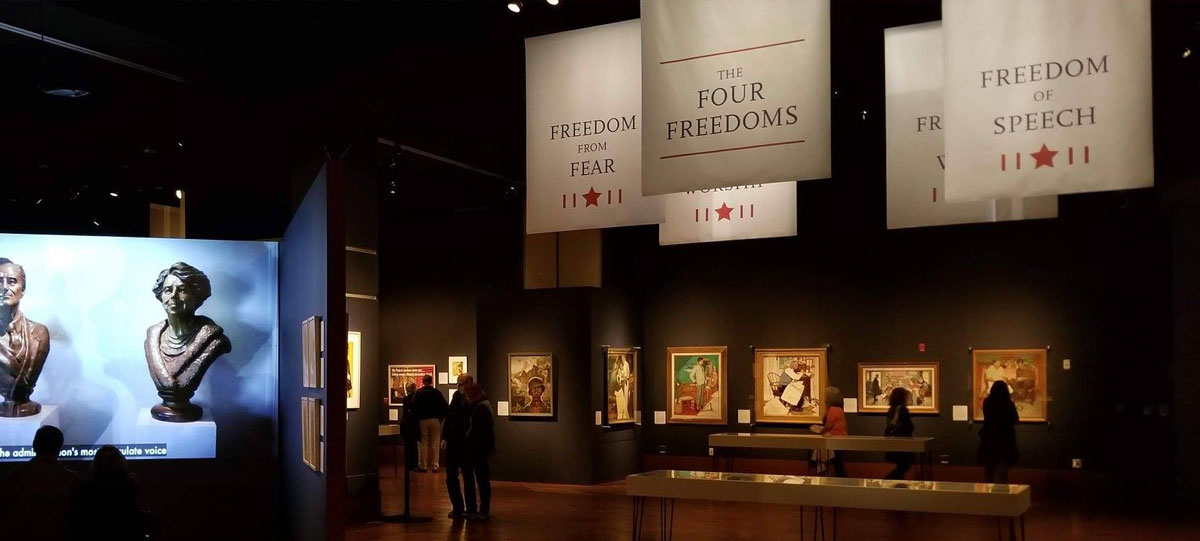
Enduring Ideals: Rockwell, Roosevelt & the Four Freedoms Tour
2018-2020 Tour Highlights
Explore the highlights from the Enduring Ideals: Rockwell, Roosevelt & the Four Freedoms Tour that from 2018-2020 took Rockwell’s Imagining Freedom art and the work of other creators to New York, Detroit, Washington DC, Normandy, France, Houston, and Denver.
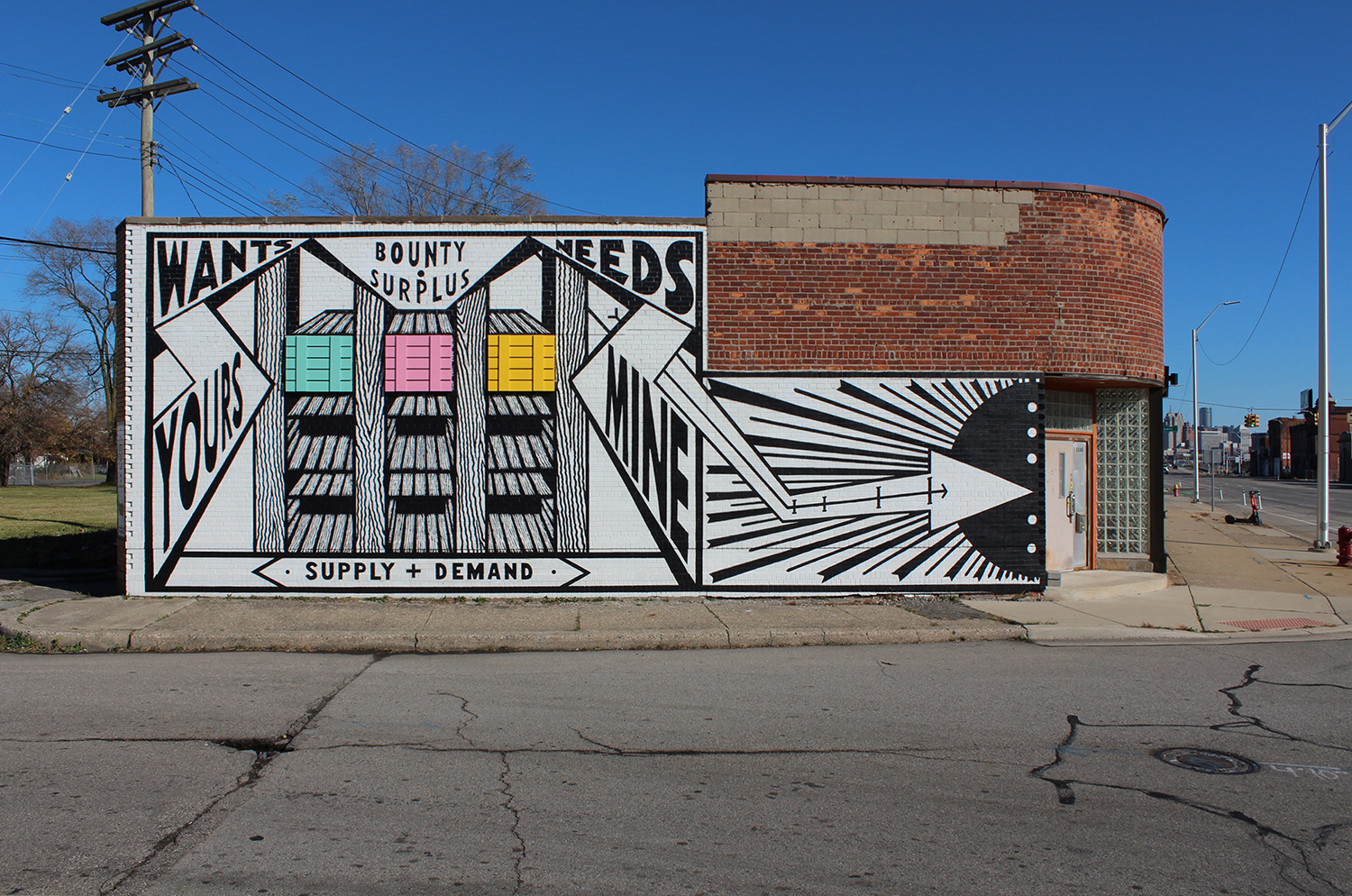
ONLINE SYMPOSIUM:
Picturing Freedom: A Century of Illustration
For designers, cartoonists, and illustrators, many questions arise when creating art that takes up socially significant, sometimes controversial themes. Some choose the D.I.Y. route, working independently with a free hand, without access to the large scale distribution that comes with a recognizable masthead. Others work with leading news organizations and magazines, agreeing to collaborate in exchange for access to audiences. Popular art has always involved such choices. What are the tradeoffs? What are the rewards?
This timely symposium will explore historical and contemporary notions of freedom as well as the role of illustration as a force in shaping public perception. How has published imagery affected decision-making, public policy, and cultural understanding? Prominent authors, illustrators, and scholars will offer perspectives. Share your observations by participating in all or some of these compelling conversations.
This program is supported in part by the Berkshire Taconic Community Foundation.
Media Sponsor:
![]()
Latest Videos
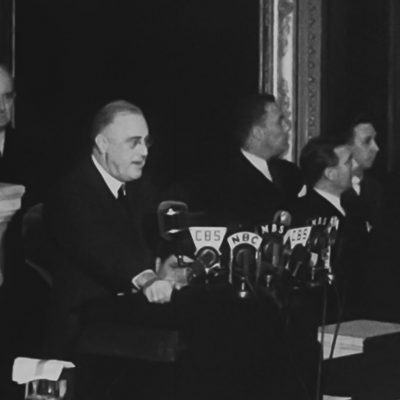
VIDEO: Franklin D. Roosevelt’s Four Freedoms
Although the nation was not yet at war in January 1941, President Franklin D. Roosevelt used his annual message to Congress to proclaim the Four Freedoms as a de facto war standard to one and all.
It was not until Norman Rockwell painted his Four Freedoms that Americans could really understand what they were fighting for and why the Four Freedoms were so important to the country and the world.
This video is a production of Norman Rockwell Museum. © 2018 Norman Rockwell Museum. All Rights Reserved.
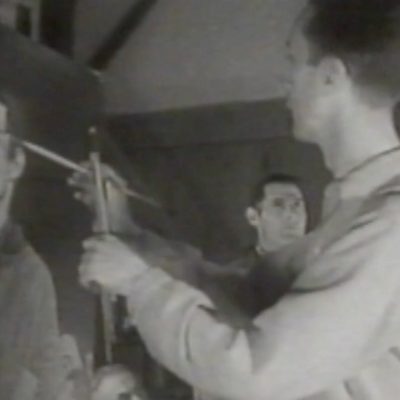
VIDEO: Norman Rockwell’s Four Freedoms
In the spring of 1942, Norman Rockwell was working on a piece commissioned by the Ordnance Department of the US Army, a painting of a machine gunner in need of ammunition.
Posters featuring Let’s Give Him Enough and On Time were distributed to munitions factories throughout the country to encourage production. But Rockwell wanted to do more for the war effort and determined to illustrate Roosevelt’s Four Freedoms. Finding new ideas for paintings never came easily, but this was a greater challenge.
This video is a production of Norman Rockwell Museum. © 2018 Norman Rockwell Museum. All Rights Reserved.
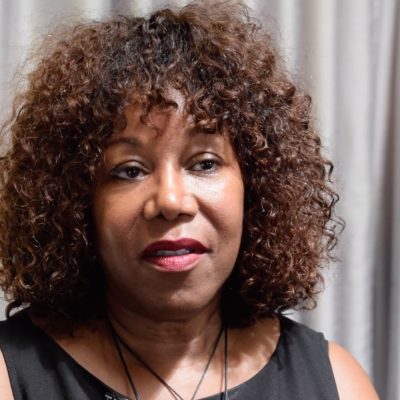
VIDEO: Freedom’s Legacy: A Conversation with Ruby Bridges
After ending his forty-seven year career with The Post in 1963, Rockwell sought new artistic challenges. His first assignment for Look—The Problem We All Live With—portrayed a six-year-old African-American girl being escorted by U.S. marshals to her first day at an all-white school in New Orleans, an assertion on moral decency.
This video is a production of Norman Rockwell Museum. © 2018 Norman Rockwell Museum. All Rights Reserved.
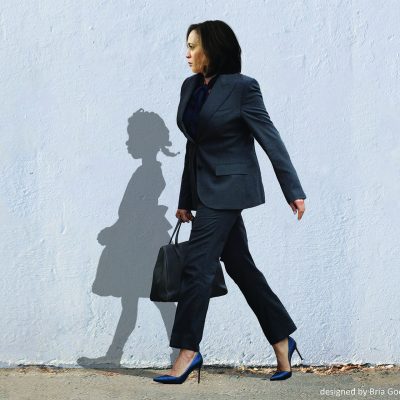
Kamala Harris Walking Alongside Ruby Bridge’s Shadow
Enjoy this artistic expression, written and narrated by contemporary artist Bria Goeller, as an introduction to our family-friendly program and conversation with her on Martin Luther King, Jr. Day. Norman Rockwell’s iconic images often inspire contemporary artists who reflect and shape society and continue the tradition to chronicle history in the making.
Learn more and honor Martin Luther King Jr. Day this Monday, January 18, by joining in a read aloud and conversation about the book Ruby Head High: Ruby Bridges’s First Day of School by Irene Cohen-Janca and illustrated by Marc Daniou. High school student, actress and singer Keely Rose O’Gorman will read. Following the reading, artist Bria Goeller will join Keely in a conversation about The Problem We All Live With and her work of art based on the painting. Reserve your ticket in advance for this event on NRM.org.
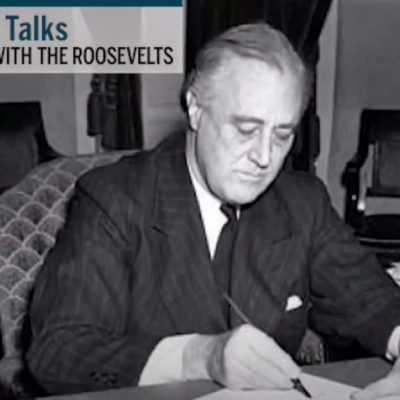
VIDEO: 1940 – A Presidential Election Like No Other
Produced by the FDR Library and Museum, this #AtHomeWithTheRoosevelts Author Talk, Professor Susan Dunn, discusses FDR’s historic election for a third term with FDR Library Director Paul Sparrow.
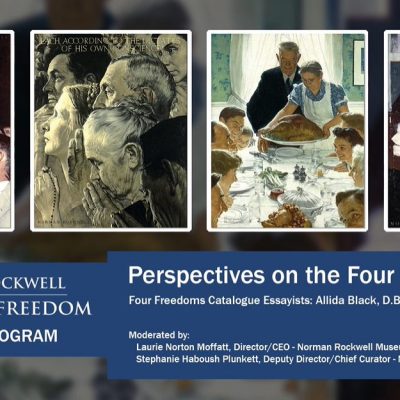
VIDEO: Imagining Freedom: Perspectives on the Four Freedoms
Recorded: October 23, 2020
https://www.rockwellfourfreedoms.org
Join three Imagining Freedom catalogue authors – outstanding scholars who will bring little known aspects of the Four Freedoms and Rockwell’s famed paintings into view. What did these stand for in their time? How did they shape perception and generate support for the war effort? Who were they speaking to and who was left out? What do they mean to us today?
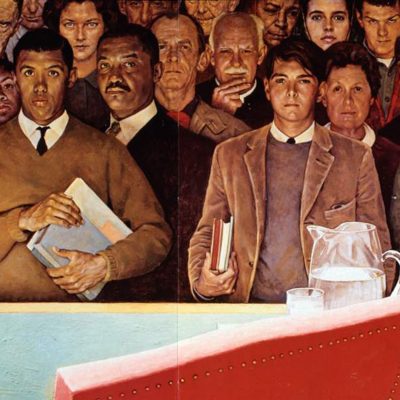
VIDEO: Imagining Freedom: Curator Preview
Join exhibition curators James J. Kimble and Stephanie Haboush Plunkett for a virtual conversation about Norman Rockwell: Imagining Freedom. Freedom as an aspirational idea and its realities through American history will be discussed through the art and artifacts on view.
About this Series:
Join illustrators, authors, and scholars for this series of programs in conversation about historical and contemporary notions of freedom, and the role of imagery to shape public perception, decision-making, and cultural narratives. Each event will explore a different aspect of aspirational ideals that Americans continue to work towards within the framework of democracy. Enjoy one program or participate in them all!
This video is a production of Norman Rockwell Museum. © 2020 Norman Rockwell Museum. All Rights Reserved.

VIDEO: Franklin D. Roosevelt’s Four Freedoms
Although the nation was not yet at war in January 1941, President Franklin D. Roosevelt used his annual message to Congress to proclaim the Four Freedoms as a de facto war standard to one and all.
It was not until Norman Rockwell painted his Four Freedoms that Americans could really understand what they were fighting for and why the Four Freedoms were so important to the country and the world.
This video is a production of Norman Rockwell Museum. © 2018 Norman Rockwell Museum. All Rights Reserved.

VIDEO: Norman Rockwell’s Four Freedoms
In the spring of 1942, Norman Rockwell was working on a piece commissioned by the Ordnance Department of the US Army, a painting of a machine gunner in need of ammunition.
Posters featuring Let’s Give Him Enough and On Time were distributed to munitions factories throughout the country to encourage production. But Rockwell wanted to do more for the war effort and determined to illustrate Roosevelt’s Four Freedoms. Finding new ideas for paintings never came easily, but this was a greater challenge.
This video is a production of Norman Rockwell Museum. © 2018 Norman Rockwell Museum. All Rights Reserved.

VIDEO: Freedom’s Legacy: A Conversation with Ruby Bridges
After ending his forty-seven year career with The Post in 1963, Rockwell sought new artistic challenges. His first assignment for Look—The Problem We All Live With—portrayed a six-year-old African-American girl being escorted by U.S. marshals to her first day at an all-white school in New Orleans, an assertion on moral decency.
This video is a production of Norman Rockwell Museum. © 2018 Norman Rockwell Museum. All Rights Reserved.

Kamala Harris Walking Alongside Ruby Bridge’s Shadow
Enjoy this artistic expression, written and narrated by contemporary artist Bria Goeller, as an introduction to our family-friendly program and conversation with her on Martin Luther King, Jr. Day. Norman Rockwell’s iconic images often inspire contemporary artists who reflect and shape society and continue the tradition to chronicle history in the making.
Learn more and honor Martin Luther King Jr. Day this Monday, January 18, by joining in a read aloud and conversation about the book Ruby Head High: Ruby Bridges’s First Day of School by Irene Cohen-Janca and illustrated by Marc Daniou. High school student, actress and singer Keely Rose O’Gorman will read. Following the reading, artist Bria Goeller will join Keely in a conversation about The Problem We All Live With and her work of art based on the painting. Reserve your ticket in advance for this event on NRM.org.

VIDEO: 1940 – A Presidential Election Like No Other
Produced by the FDR Library and Museum, this #AtHomeWithTheRoosevelts Author Talk, Professor Susan Dunn, discusses FDR’s historic election for a third term with FDR Library Director Paul Sparrow.

VIDEO: Imagining Freedom: Perspectives on the Four Freedoms
Recorded: October 23, 2020
https://www.rockwellfourfreedoms.org
Join three Imagining Freedom catalogue authors – outstanding scholars who will bring little known aspects of the Four Freedoms and Rockwell’s famed paintings into view. What did these stand for in their time? How did they shape perception and generate support for the war effort? Who were they speaking to and who was left out? What do they mean to us today?

VIDEO: Imagining Freedom: Curator Preview
Join exhibition curators James J. Kimble and Stephanie Haboush Plunkett for a virtual conversation about Norman Rockwell: Imagining Freedom. Freedom as an aspirational idea and its realities through American history will be discussed through the art and artifacts on view.
About this Series:
Join illustrators, authors, and scholars for this series of programs in conversation about historical and contemporary notions of freedom, and the role of imagery to shape public perception, decision-making, and cultural narratives. Each event will explore a different aspect of aspirational ideals that Americans continue to work towards within the framework of democracy. Enjoy one program or participate in them all!
This video is a production of Norman Rockwell Museum. © 2020 Norman Rockwell Museum. All Rights Reserved.

VIDEO: Franklin D. Roosevelt’s Four Freedoms
Although the nation was not yet at war in January 1941, President Franklin D. Roosevelt used his annual message to Congress to proclaim the Four Freedoms as a de facto war standard to one and all.
It was not until Norman Rockwell painted his Four Freedoms that Americans could really understand what they were fighting for and why the Four Freedoms were so important to the country and the world.
This video is a production of Norman Rockwell Museum. © 2018 Norman Rockwell Museum. All Rights Reserved.

VIDEO: Norman Rockwell’s Four Freedoms
In the spring of 1942, Norman Rockwell was working on a piece commissioned by the Ordnance Department of the US Army, a painting of a machine gunner in need of ammunition.
Posters featuring Let’s Give Him Enough and On Time were distributed to munitions factories throughout the country to encourage production. But Rockwell wanted to do more for the war effort and determined to illustrate Roosevelt’s Four Freedoms. Finding new ideas for paintings never came easily, but this was a greater challenge.
This video is a production of Norman Rockwell Museum. © 2018 Norman Rockwell Museum. All Rights Reserved.

VIDEO: Freedom’s Legacy: A Conversation with Ruby Bridges
After ending his forty-seven year career with The Post in 1963, Rockwell sought new artistic challenges. His first assignment for Look—The Problem We All Live With—portrayed a six-year-old African-American girl being escorted by U.S. marshals to her first day at an all-white school in New Orleans, an assertion on moral decency.
This video is a production of Norman Rockwell Museum. © 2018 Norman Rockwell Museum. All Rights Reserved.
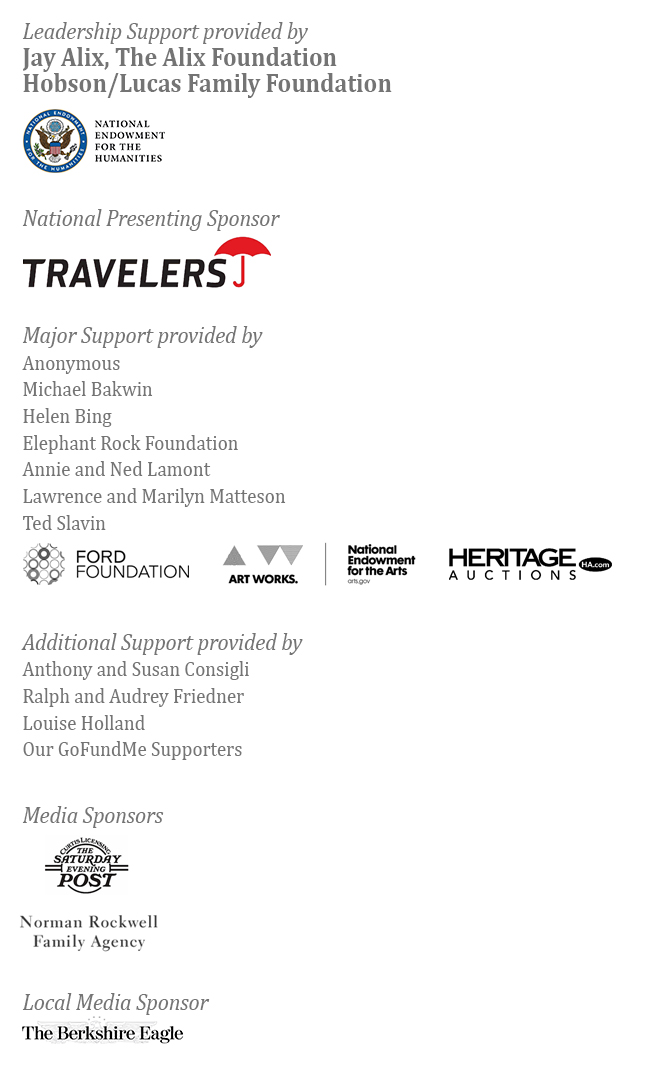
Rockwell, Roosevelt and the Four Freedoms is Sponsored by
Jay Alix, The Alix Foundation, Hobson/Lucas Foundation, Travelers, Major Support provided by: National Endowment for the Humanities, Anonymous, Michael Bakwin, Helen Bing, Elephant Rock Foundation, Annie & Ned Lamont, Lawrence and Marilyn Matteson, Ted Slavin, Heritage Auctions, Ford Foundation, National Endowment for the Arts, Additional Support provided by: Anthony and Susan Consigli, Ralph and Audrey Friedner, Louise Holland, Our GoFundMe Supporters, Curtis Licensing, Norman Rockwell Family Foundation, and the Berkshire Eagle.
Footer
Norman Rockwell Museum
9 Glendale Rd / Rte 183
Stockbridge , MA 01262
413-298-4100
www.nrm.org
Sponsors
Anonymous, Michael Bakwin, Helen Bing, Elephant Rock Foundation, Annie and Ned Lamont, Ted Slavin
Ford Foundation
National Endownment for the Arts
Full list
Privacy Policy
Terms and Conditions


